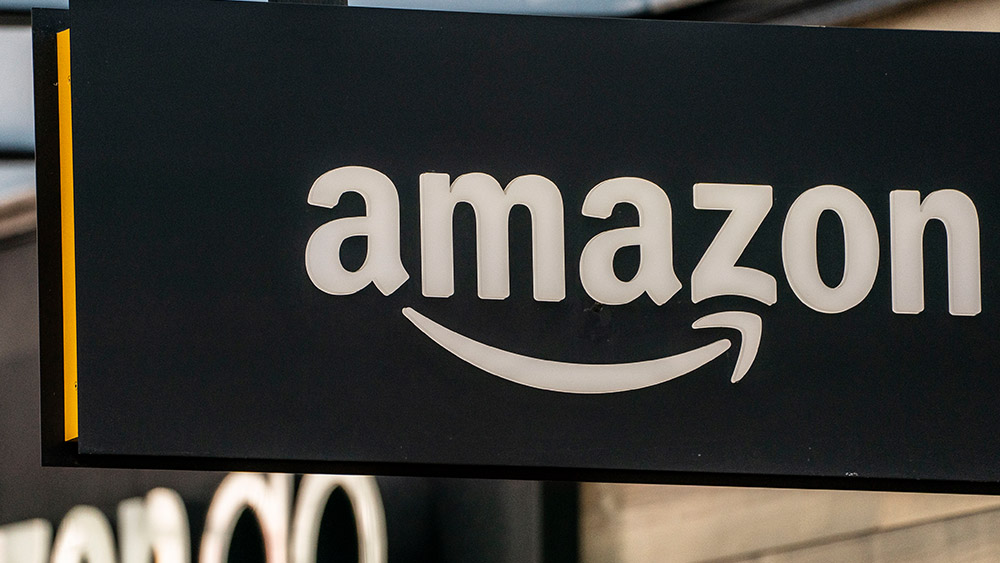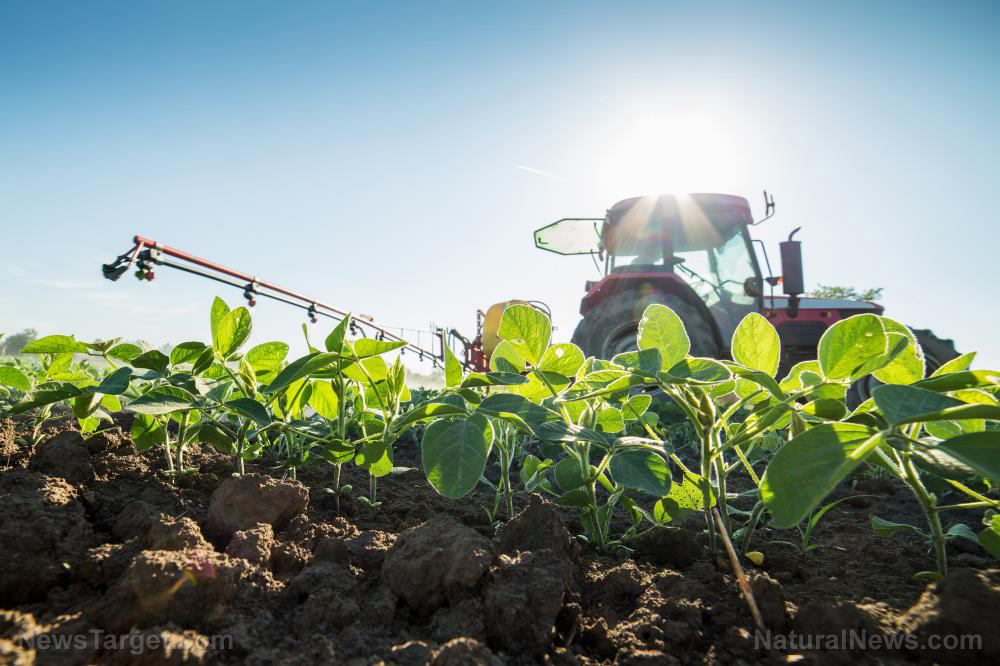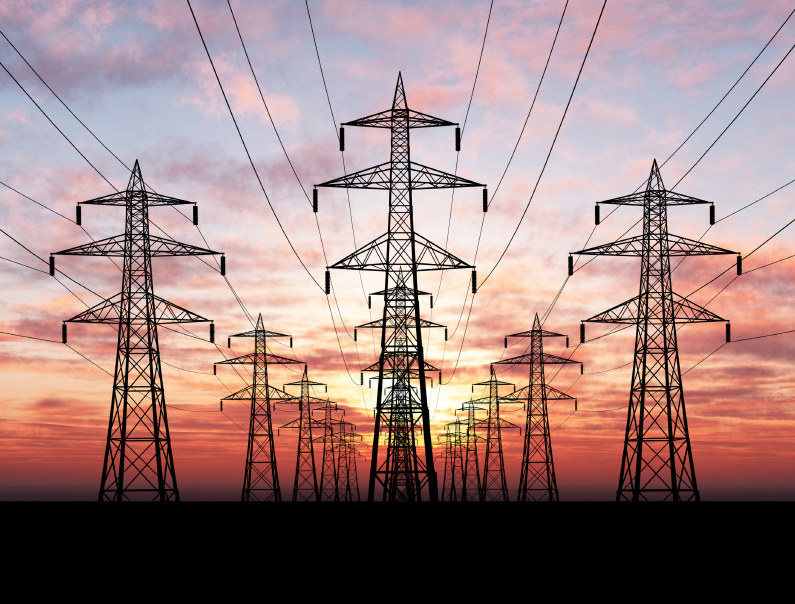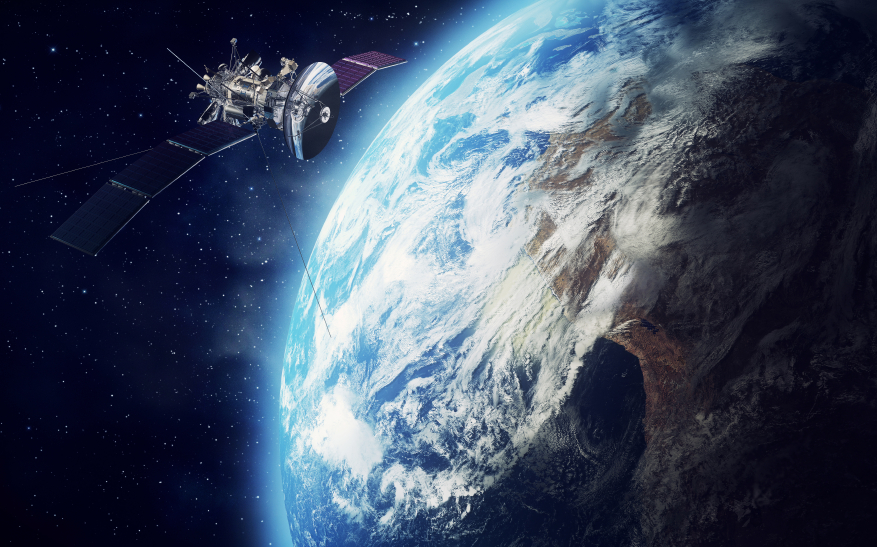Amazon nears tipping point as robots rival human workforce in warehouses
07/06/2025 / By Laura Harris

- Amazon has deployed over one million robots in its fulfillment centers – nearly matching its human warehouse workforce – as part of a decade-long automation effort.
- Approximately 75 percent of Amazon’s global deliveries are now assisted by automation, with advanced robots like Vulcan handling increasingly complex tasks such as item picking and stowing.
- Automation has boosted productivity, with the number of packages shipped per employee rising sharply, while the average headcount per facility has dropped to a 16-year low.
- Massive centers like the one in Shreveport, Louisiana, showcase the future of Amazon’s operations, where robotic arms and AI systems enable 25 percent faster processing speeds than less automated sites.
- Despite Amazon’s claims that robots are meant to augment, not replace, humans, critics argue the company’s automation strategy signals a long-term plan to significantly reduce its human labor force.
Amazon is on the brink of a historic transformation in the way it runs its vast logistics empire: for the first time, the number of robots operating in its facilities is approaching the number of human workers.
Amazon, which employs approximately 1.56 million people, has been automating its operations for more than a decade, with over one million robots taking on tasks once considered too complex or delicate for machines. Inside its sprawling warehouses, metallic robotic arms now pluck items from shelves, while wheeled units ferry them across vast floors for sorting and packaging. Automated systems now guide items through every stage of fulfillment, often faster and more efficiently than their human counterparts. (Related: Workers in warehouses could soon lose their jobs to HUMANOID ROBOTS.)
One of Amazon’s newest robotic innovations, dubbed Vulcan, adds a tactile dimension to automation. The robot can “feel” the items it picks – an ability that allows it to handle a wider variety of products with greater precision. Robots like Vulcan are being integrated directly into Amazon’s order-fulfillment systems, working in concert with one another and with human staff.
According to Amazon, robots now assist in roughly 75 percent of its global deliveries, a statistic that speaks to the massive transformation underway in its logistics network. The company also revealed that automation has improved productivity while alleviating issues like high turnover in its fulfillment centers.
However, the rise of machines still slowed human hiring. Although Amazon still employs about 1.56 million people globally, most in warehouses, the average number of employees per facility has shrunk. That figure dipped to roughly 670 last year, the lowest level in at least 16 years. Meanwhile, the number of packages shipped per employee annually has surged from about 175 in 2015 to nearly 3,870 today.
Newer facilities designed for rapid same-day delivery have been built with smaller staffing needs and higher degrees of automation.
The scale of automation is evident at Amazon’s massive three-million-square-foot fulfillment center in Shreveport, Louisiana. There, more than 70 robotic arms sort and stack millions of items, while fleets of machines zip packages into place for loading. Some systems use computer vision and robotic arms to guide items through the process, often working in tandem with humans who step in for more nuanced tasks. Products at the Shreveport facility reportedly move through the system 25 percent faster than at less automated sites.
Looking further ahead, Amazon is exploring even more advanced forms of automation. The company is currently testing humanoid robots developed by Agility Robotics. These bipedal machines, equipped with arms and heads, are still in the research phase but have already been piloted for tasks such as recycling containers.
Amazon’s human-to-robot ratio in warehouses contradicts claims of workforce augmentation
The roots of Amazon’s robotic revolution go back to 2012 when it acquired Kiva Systems for $775 million. Kiva’s robots initially helped move heavy, unpackaged items. Over time, Amazon expanded the machines’ capabilities, enabling them to sort, package and transport goods.
This robot takeover contradicts the statement of Amazon Robotics Director Aaron Parness when Vulcan was launched in May. Parness insisted that their robots were designed to augment, not replace, their workforce.
“I don’t believe in 100 percent automation,” he said at the time. “If we had to get Vulcan to do 100 percent of the stows and picks, it would never happen. You would wait your entire life. Amazon understands this.”
At this rate, it may happen sooner than expected.
Read more about the future of AI in Robots.news.
Watch the video below to learn more about the human-like and humanoid robots that China is creating.
This video is from the Puretrauma357 channel on Brighteon.com.
More related stories:
Amazon unveils “Vulcan” robot with human-like touch.
Sources include:
Submit a correction >>
Tagged Under:
Amazon, amazon warehouse, automation, evil corporation, factory, human workforce, outnumbered, robot takeover, robotics, robots, Twisted, warehouse, warehouse workers, work conditions
This article may contain statements that reflect the opinion of the author
RECENT NEWS & ARTICLES
COPYRIGHT © 2017 FUTURETECH.NEWS
All content posted on this site is protected under Free Speech. FutureTech.news is not responsible for content written by contributing authors. The information on this site is provided for educational and entertainment purposes only. It is not intended as a substitute for professional advice of any kind. FutureTech.news assumes no responsibility for the use or misuse of this material. All trademarks, registered trademarks and service marks mentioned on this site are the property of their respective owners.



















